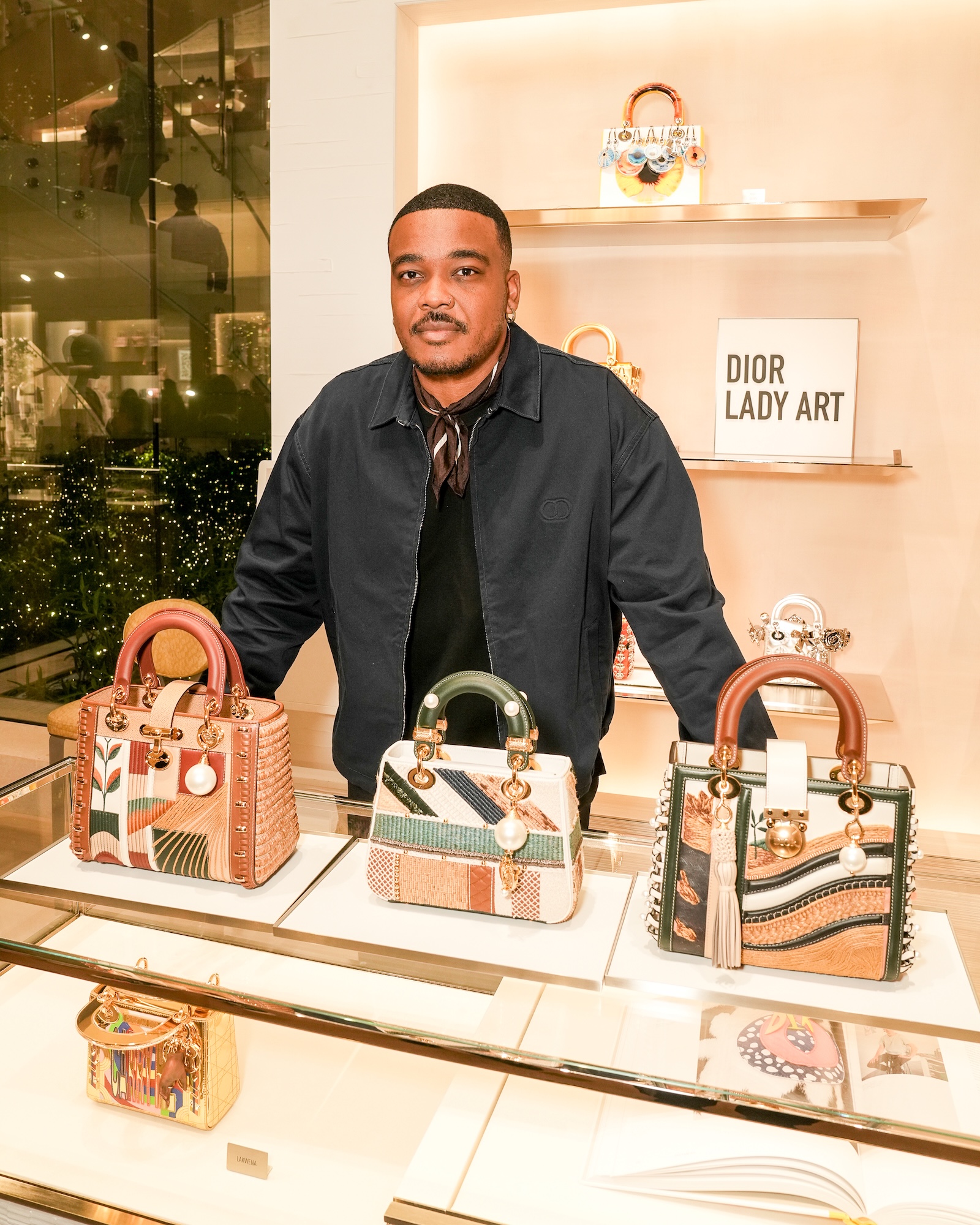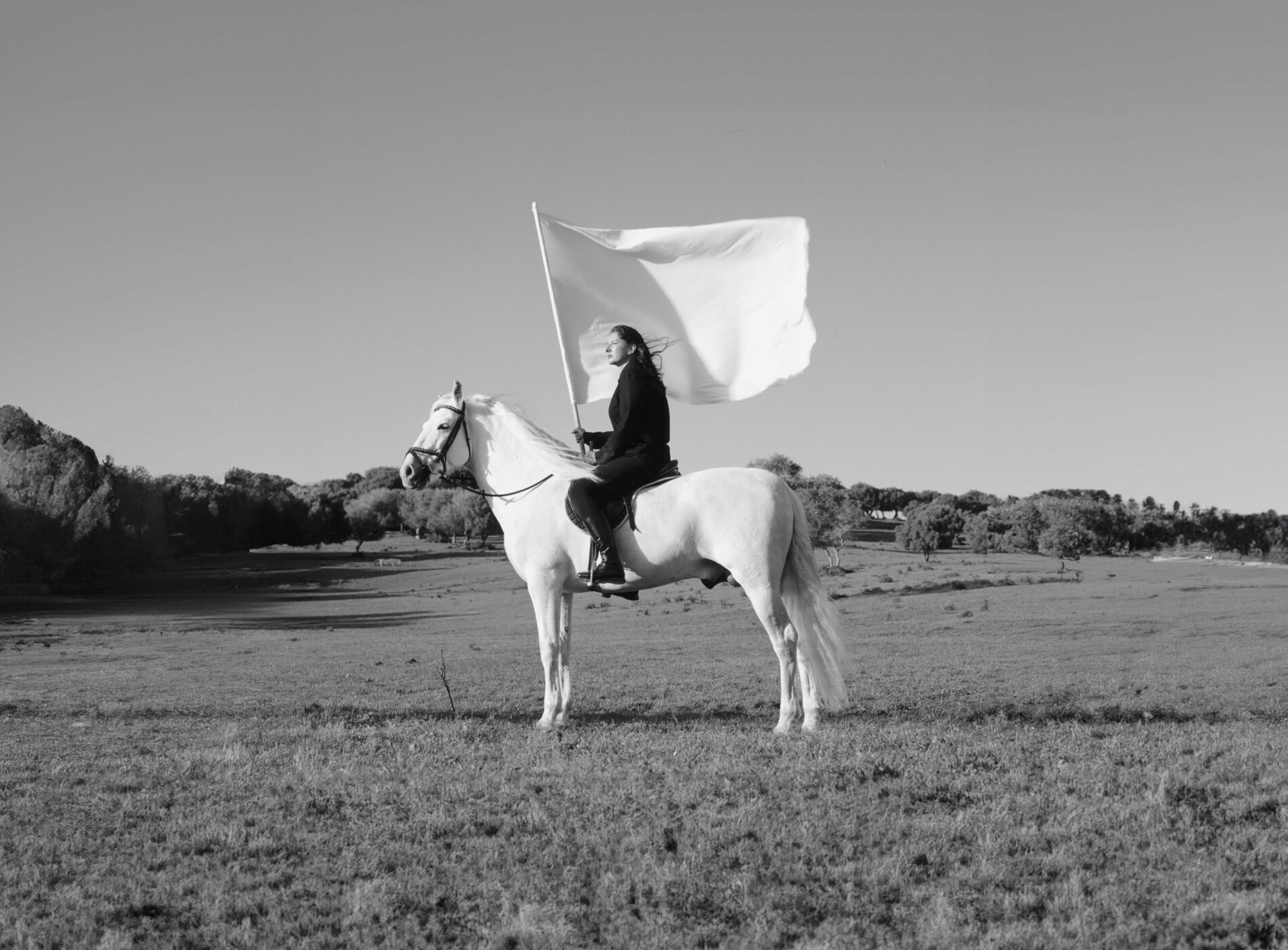_We catch up with Wintercheck Factory on the eve of their furniture collection debut and ask how they got here_
---------------------------------------------------------------------------------------------------------------
Wintercheck Factory, the Brooklyn design studio co-founded by Kristen Wentrcek and Andrew Zebulon Williams recently debuted their new collection of furniture and sculptural pieces at Volta NY.
Wentrcek and Williams often use unconventional and industrial materials at their Bed-Stuy design studio, but they faced their greatest challenge yet while working with SVR-3L, a natural rubber commodity imported from Vietnam, while working on their new collection.
SVR-3L is almost viscerally revolting in appearance and so dense that a water jet cutter was required to manipulate it. The challenges posed by SVR-3L pushed the designers to give precedence to materiality and form above utility, and to hone a conceptual focus on notions of transformation and control.
We ask Wentrcek and Williams, ‘how did you get to be furniture designers?’
View fullsize


Lamp: Three tiered assemblage of a Corian platform, rubber bales, and fluorescent fixtures arrayed in wire glass
**Kristen Wentrcek:**
After working in luxury real estate development, I started Wintercheck Factory in 2008. The very first pieces were furniture but over the next five years, I expanded into tabletop goods, accessories and clothing. I had a fulfillment warehouse, a distributor in Japan and some pieces in museum stores but I really wanted to get back to something more substantial.
So finally when Andrew came on, we decided to go for it. I sold the apartment I had bought while I was in real estate and we got a bigger office and taught ourselves how to fabricate using rudimentary woodworking tools. It is insane to think about how many techniques we learned from YouTube, calling Andrew’s dad or just asking a sales guy at the hardware store. We’ve become really good with some materials like Corian purely through trial, error and just being insane about getting it perfect. In many ways, it helps that we were never formally educated or trained.
Eventually we were able to start landing fabrication jobs alongside building out a product line. But then at some point in time around 2-3 years ago, we began experimenting with less generic materials and becoming less concerned with furniture and more with form and texture. There was a response from important people too, which was new to be perfectly honest.
So from then until now, we’ve been working on phasing out of that strictly useful design world. And then at the end of last year, Julia Haney Montanez came by the studio and immediately understood our intent for the future. She really championed our work and hooked us up with Rachel Fick and Brian Fee from Volta, who we admire and respect immensely.
We wanted to take this opportunity at Volta to create a collection of work that was driven by a structural language we’ve already established in earlier collections but to also push the boundaries of what we could do with these bales of natural rubber, a completely revolting and non-commercial material. For us, the pieces are sculptures first and strong enough to perch on, second.
**Andrew Zebulon Williams:**
We’ve naturally developed the language and intent of our work over time, just by making stuff. The earlier collections did a lot for us in that respect–it took a lot of time and energy to figure out what we didn’t want to be doing. But it was really necessary. Especially over the last two years or so, we’ve really stripped a lot of the form and the function away, to get at something more elemental.
I think that’s why we’ve naturally slid into the weird space we occupy now, somewhere between design and art. We’re personally drawn to artwork that’s open ended, and not overly inhibited by subject matter or message. We want our work to do the same thing–I think it’s still furniture, more or less, but we’re definitely not concerned much anymore with questions like “Is this an effective table?” or “Would someone take a nap on this?” We’ve realized that there are a million great lounge chairs, and nice desks to sit at, or whatever, and it seems pointless to crank out some tepid version of a piece that was perfected 60 years ago. Nostalgia is really boring, and frankly I don’t really know very much about the history of design. For us, now, the work is about trying to make something that’s new and vital in some way.
 
Lamp: Three tiered assemblage of a Corian platform, rubber bales, and fluorescent fixtures arrayed in wire glass
**Kristen Wentrcek:**
After working in luxury real estate development, I started Wintercheck Factory in 2008. The very first pieces were furniture but over the next five years, I expanded into tabletop goods, accessories and clothing. I had a fulfillment warehouse, a distributor in Japan and some pieces in museum stores but I really wanted to get back to something more substantial.
So finally when Andrew came on, we decided to go for it. I sold the apartment I had bought while I was in real estate and we got a bigger office and taught ourselves how to fabricate using rudimentary woodworking tools. It is insane to think about how many techniques we learned from YouTube, calling Andrew’s dad or just asking a sales guy at the hardware store. We’ve become really good with some materials like Corian purely through trial, error and just being insane about getting it perfect. In many ways, it helps that we were never formally educated or trained.
Eventually we were able to start landing fabrication jobs alongside building out a product line. But then at some point in time around 2-3 years ago, we began experimenting with less generic materials and becoming less concerned with furniture and more with form and texture. There was a response from important people too, which was new to be perfectly honest.
So from then until now, we’ve been working on phasing out of that strictly useful design world. And then at the end of last year, Julia Haney Montanez came by the studio and immediately understood our intent for the future. She really championed our work and hooked us up with Rachel Fick and Brian Fee from Volta, who we admire and respect immensely.
We wanted to take this opportunity at Volta to create a collection of work that was driven by a structural language we’ve already established in earlier collections but to also push the boundaries of what we could do with these bales of natural rubber, a completely revolting and non-commercial material. For us, the pieces are sculptures first and strong enough to perch on, second.
**Andrew Zebulon Williams:**
We’ve naturally developed the language and intent of our work over time, just by making stuff. The earlier collections did a lot for us in that respect–it took a lot of time and energy to figure out what we didn’t want to be doing. But it was really necessary. Especially over the last two years or so, we’ve really stripped a lot of the form and the function away, to get at something more elemental.
I think that’s why we’ve naturally slid into the weird space we occupy now, somewhere between design and art. We’re personally drawn to artwork that’s open ended, and not overly inhibited by subject matter or message. We want our work to do the same thing–I think it’s still furniture, more or less, but we’re definitely not concerned much anymore with questions like “Is this an effective table?” or “Would someone take a nap on this?” We’ve realized that there are a million great lounge chairs, and nice desks to sit at, or whatever, and it seems pointless to crank out some tepid version of a piece that was perfected 60 years ago. Nostalgia is really boring, and frankly I don’t really know very much about the history of design. For us, now, the work is about trying to make something that’s new and vital in some way.

Lamp: Three tiered assemblage of a Corian platform, rubber bales, and fluorescent fixtures arrayed in wire glass
**Kristen Wentrcek:**
After working in luxury real estate development, I started Wintercheck Factory in 2008. The very first pieces were furniture but over the next five years, I expanded into tabletop goods, accessories and clothing. I had a fulfillment warehouse, a distributor in Japan and some pieces in museum stores but I really wanted to get back to something more substantial.
So finally when Andrew came on, we decided to go for it. I sold the apartment I had bought while I was in real estate and we got a bigger office and taught ourselves how to fabricate using rudimentary woodworking tools. It is insane to think about how many techniques we learned from YouTube, calling Andrew’s dad or just asking a sales guy at the hardware store. We’ve become really good with some materials like Corian purely through trial, error and just being insane about getting it perfect. In many ways, it helps that we were never formally educated or trained.
Eventually we were able to start landing fabrication jobs alongside building out a product line. But then at some point in time around 2-3 years ago, we began experimenting with less generic materials and becoming less concerned with furniture and more with form and texture. There was a response from important people too, which was new to be perfectly honest.
So from then until now, we’ve been working on phasing out of that strictly useful design world. And then at the end of last year, Julia Haney Montanez came by the studio and immediately understood our intent for the future. She really championed our work and hooked us up with Rachel Fick and Brian Fee from Volta, who we admire and respect immensely.
We wanted to take this opportunity at Volta to create a collection of work that was driven by a structural language we’ve already established in earlier collections but to also push the boundaries of what we could do with these bales of natural rubber, a completely revolting and non-commercial material. For us, the pieces are sculptures first and strong enough to perch on, second.
**Andrew Zebulon Williams:**
We’ve naturally developed the language and intent of our work over time, just by making stuff. The earlier collections did a lot for us in that respect–it took a lot of time and energy to figure out what we didn’t want to be doing. But it was really necessary. Especially over the last two years or so, we’ve really stripped a lot of the form and the function away, to get at something more elemental.
I think that’s why we’ve naturally slid into the weird space we occupy now, somewhere between design and art. We’re personally drawn to artwork that’s open ended, and not overly inhibited by subject matter or message. We want our work to do the same thing–I think it’s still furniture, more or less, but we’re definitely not concerned much anymore with questions like “Is this an effective table?” or “Would someone take a nap on this?” We’ve realized that there are a million great lounge chairs, and nice desks to sit at, or whatever, and it seems pointless to crank out some tepid version of a piece that was perfected 60 years ago. Nostalgia is really boring, and frankly I don’t really know very much about the history of design. For us, now, the work is about trying to make something that’s new and vital in some way.


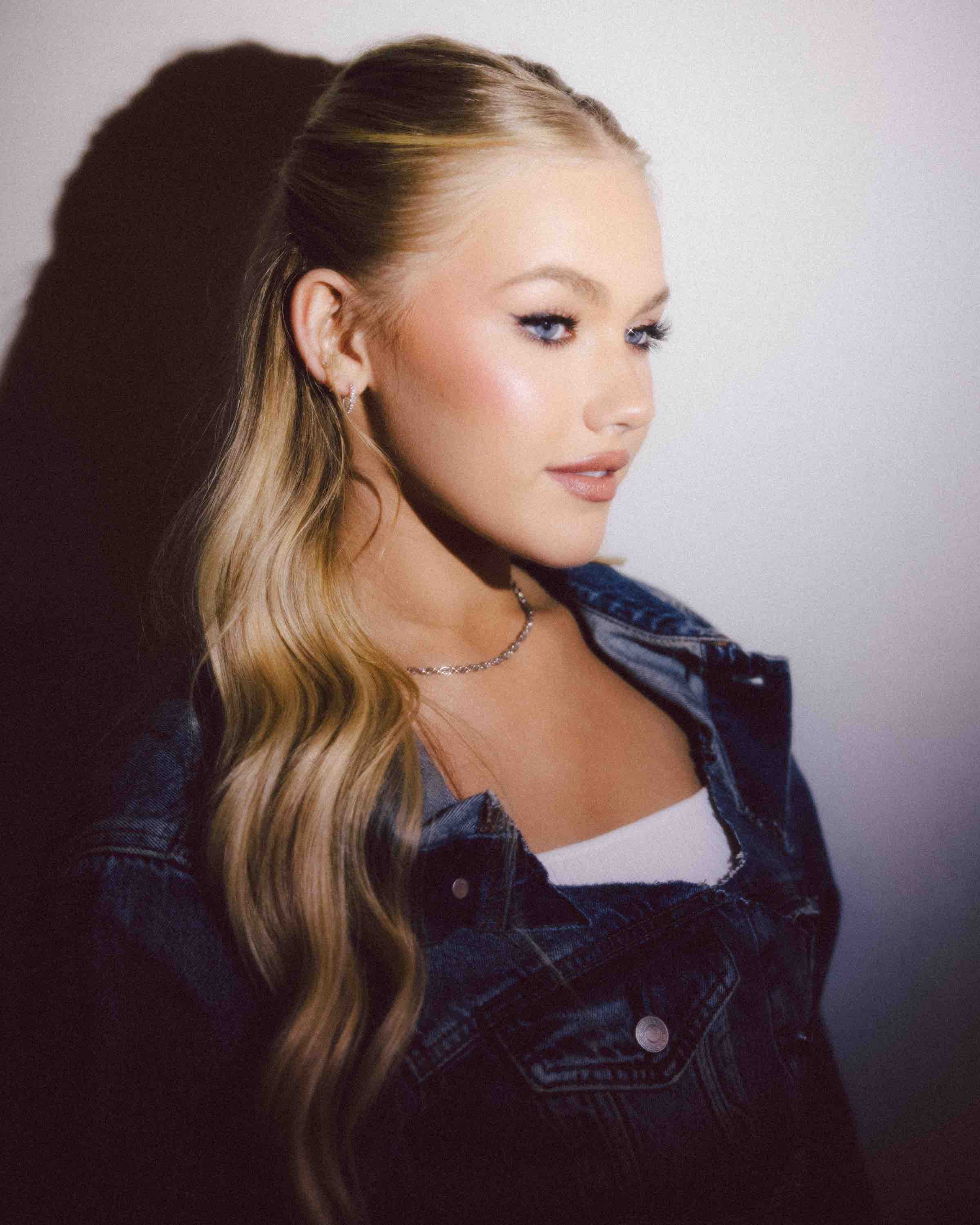
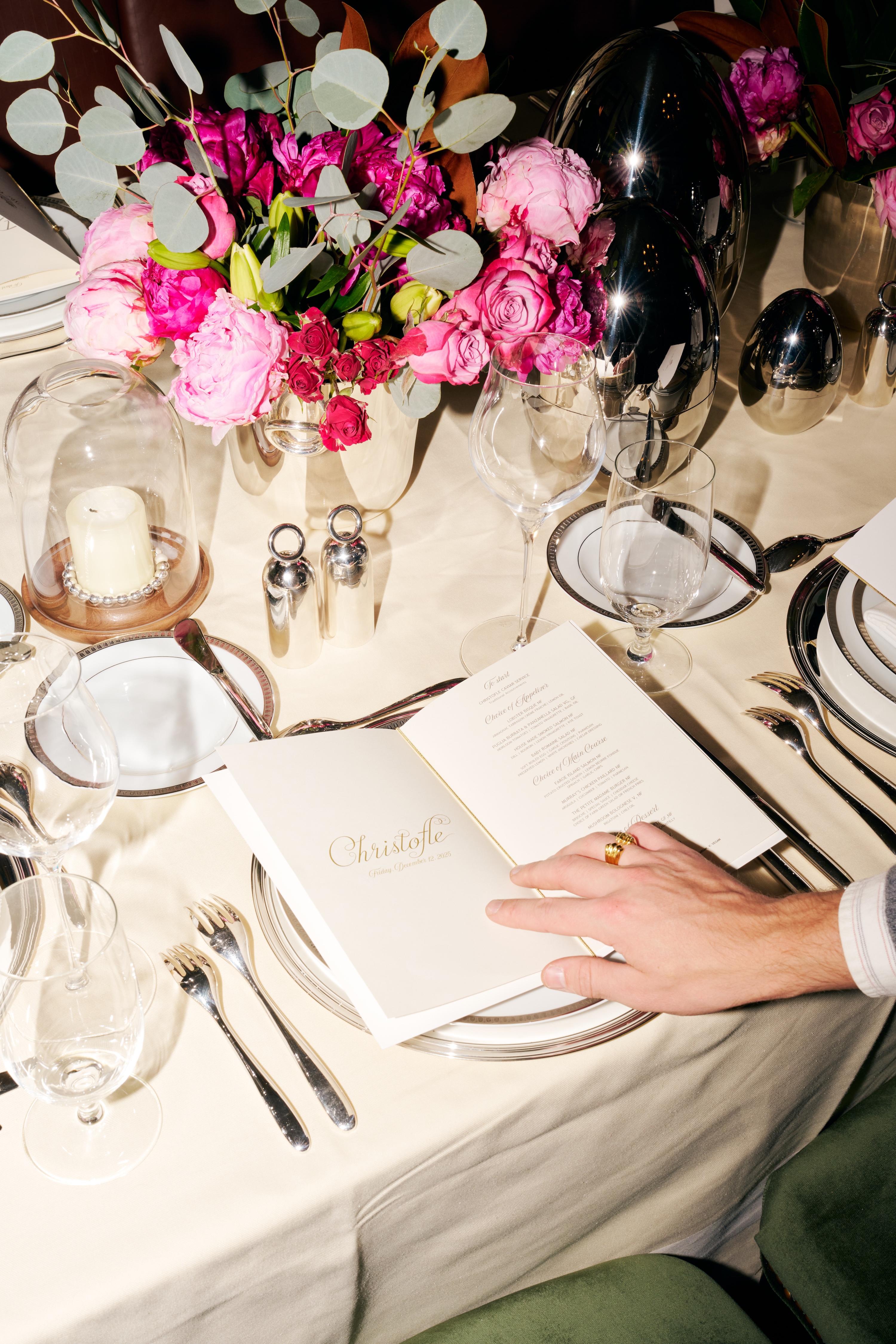

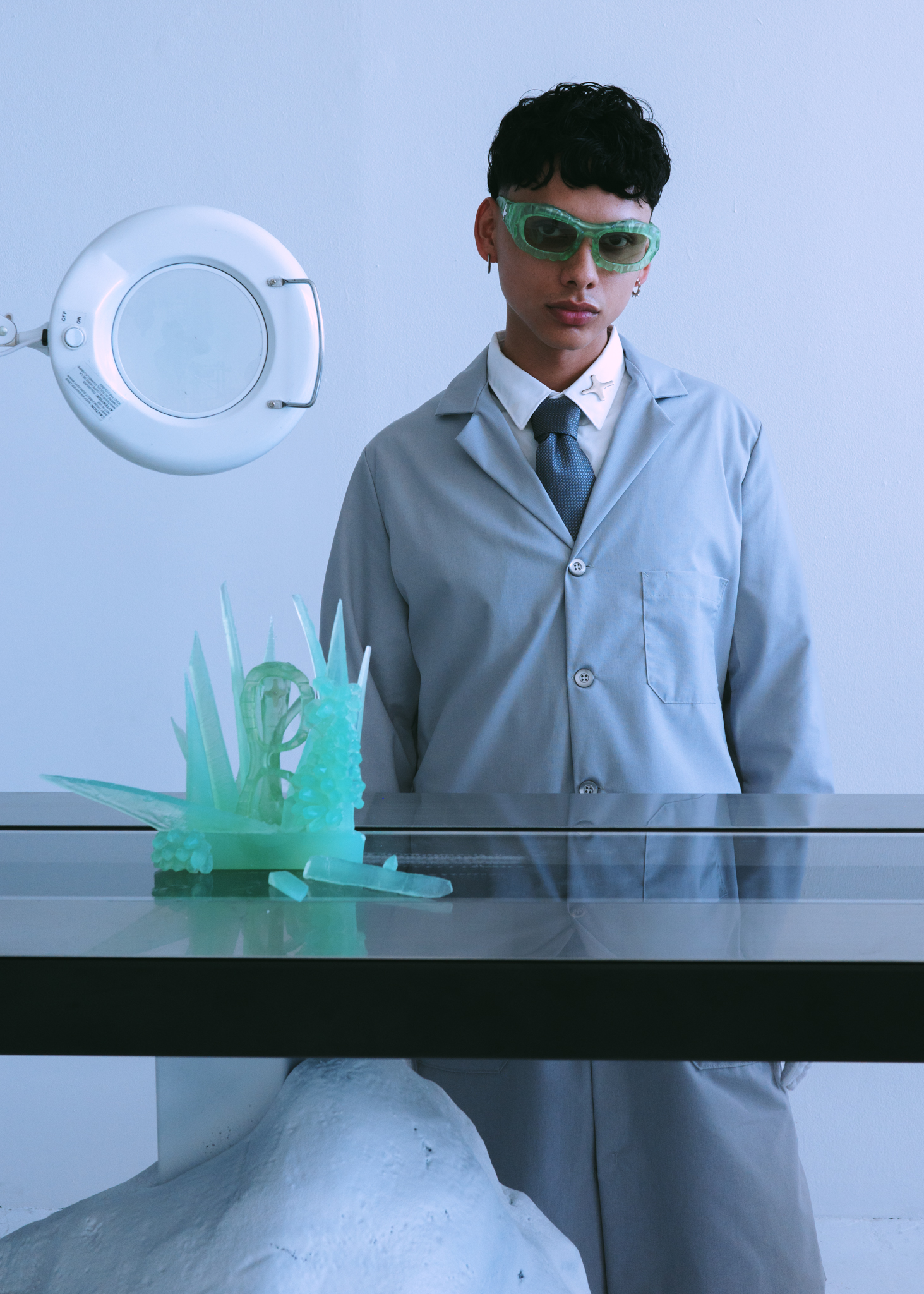
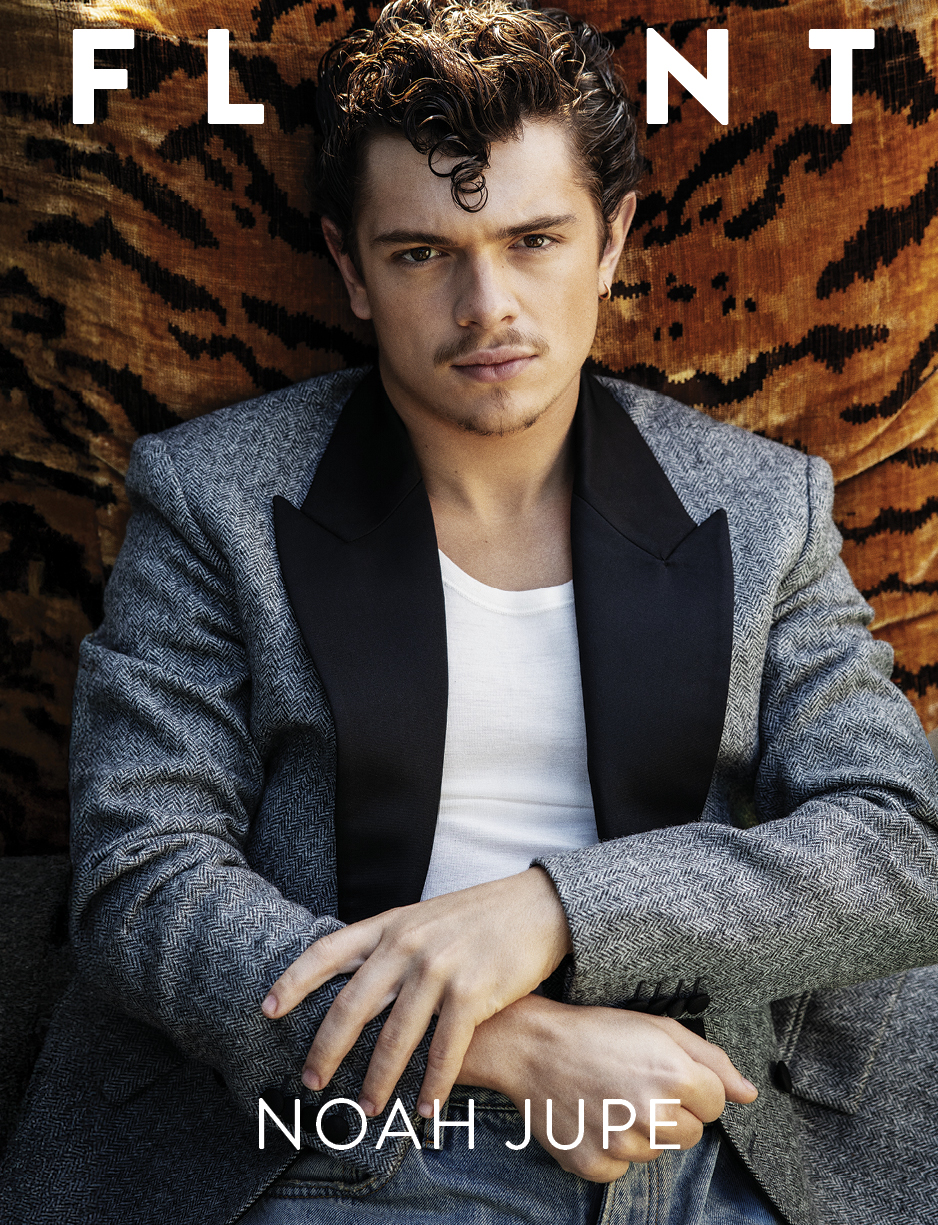
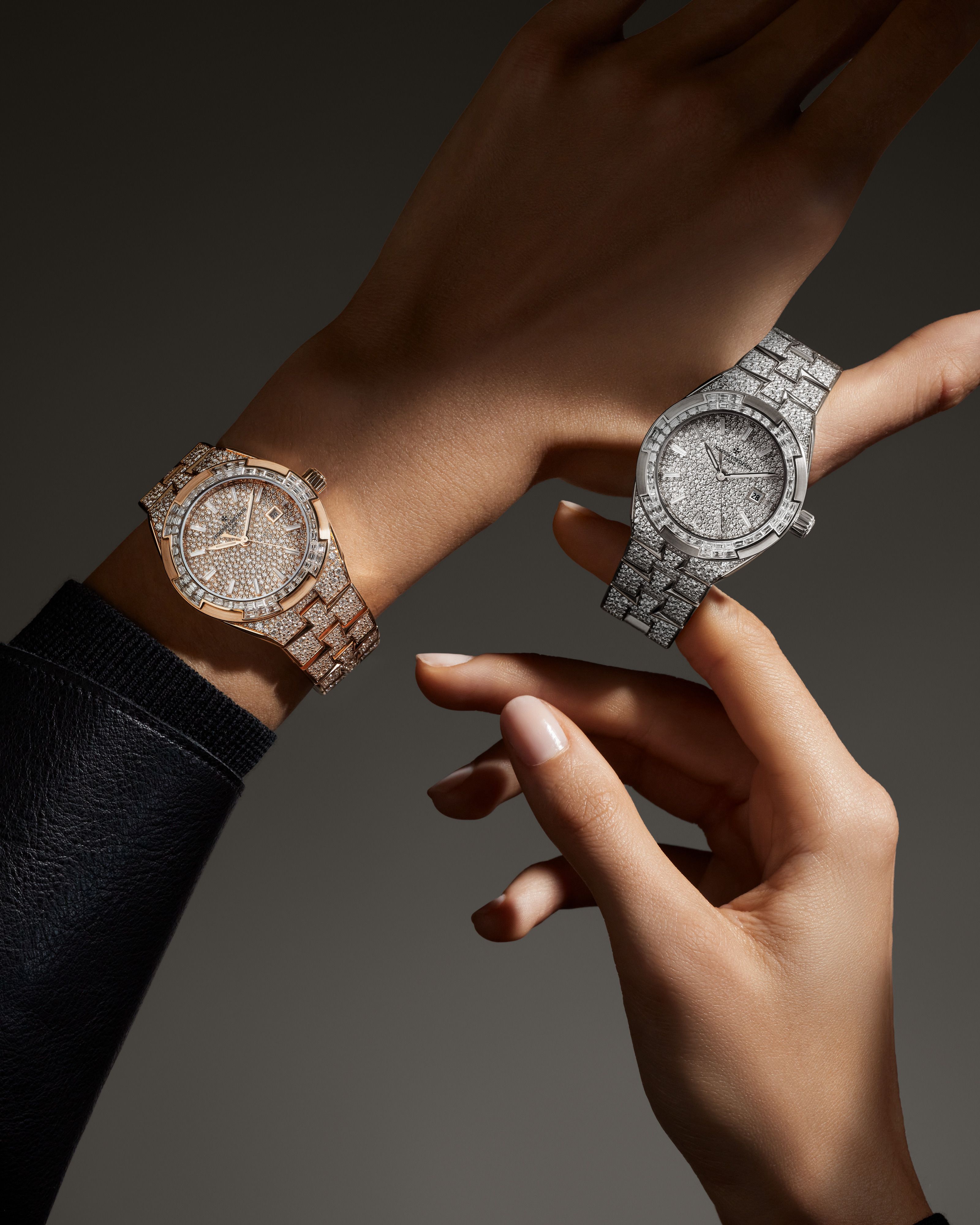

.JPG)
.jpg)
